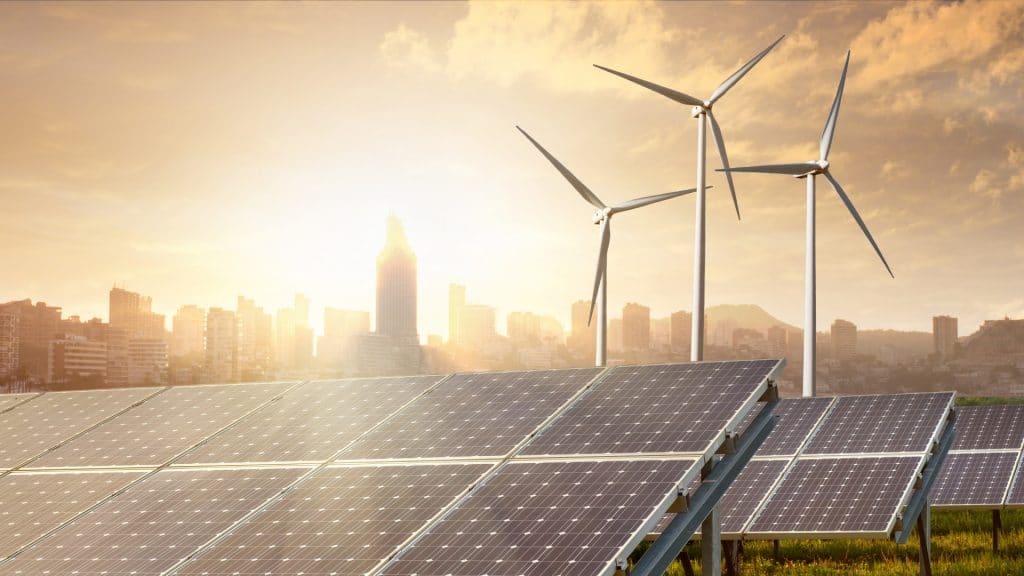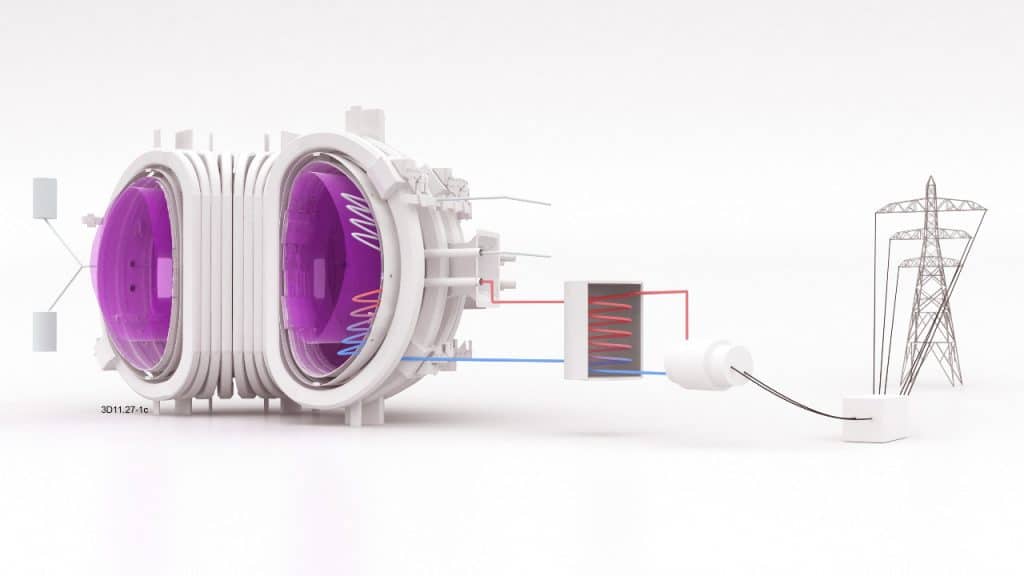Five seconds. That’s how long the UK’s Joint European Torus was able to sustain a fusion reaction, producing enough energy to run a typical Australian household for about three days. That’s a small fraction of the energy needed to make the fusion reaction happen, which used two 500 megawatt flywheels. That amount of power would meet the peak needs of 100,000 average Australian households. So we are still a long way from getting a net energy benefit from fusion.
On a technical front, achievements like this are incredible. Nuclear fusion is the process that powers stars like the sun, and we are working to harness this for our own use.
At very high temperatures, light atoms such as hydrogen can combine to produce another element such as helium, releasing enormous quantities of energy in the process.
In the sun, these fusion reactions take place at temperatures about 10 million degrees. We can’t do it at that temperature, because we don’t have access to the enormous gravitational pressure at the centre of the sun.
To achieve fusion on earth, we need to go hotter. Much hotter. Experiments like the one in the UK are able to superheat a body of gas called a plasma to inconceivable temperatures, reaching as high as 150 million℃. The plasma has to be confined by incredibly strong magnetic fields and heated by powerful lasers.
This temperature is far hotter than anywhere else in our solar system – even the centre of the sun.
While the recent progress represents a major step forward, sober reflection suggests the dream of limitless clean energy from hydrogen is still a long way off.
On the megaproject front, the next step is the International Thermonuclear Experimental Reactor (ITER) being built in southern France. Far too big for any one country, this is a joint effort by countries including USA, Russia, China, the UK and EU member countries.
The project is enormous, with a vessel ten times the size of the UK reactor and around 5,000 technical experts, scientists and engineers working on it. Famously, the project’s largest magnet is strong enough to lift an aircraft carrier.
Even this enormous project is only expected to produce slightly more power than it uses – around 500 megawatts. The first experiments are expected by 2025.
To me, this illustrates how far away commercial fusion really is.







